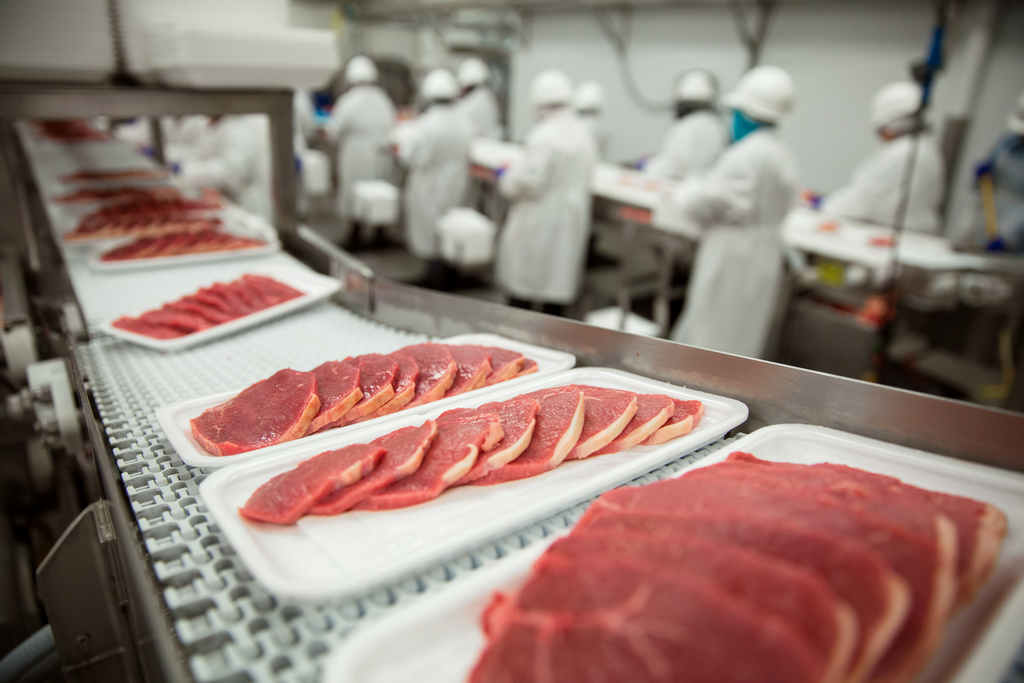Every member of the HACCP team plays a key role in ensuring that all potential food safety hazards are identified and that controls are in place to protect consumers.

HACCP is a systematic approach to the identification, evaluation, and control of food safety hazards based on the following seven principles:
- Principle 1 – Conduct a Hazard Analysis
- Principle 2 – Determine Critical Control Points (CCPs)
- Principle 3 – Establish Critical Limits
- Principle 4 – Establish Monitoring Procedures
- Principle 5 – Establish Corrective Actions
- Principle 6 – Establish Verification Procedures
- Principle 7 – Establish Record Keeping and Documentation Procedures
- HACCP Training for Retail Establishments - 16hrs: $125.00
- HACCP Training for School Districts - 4hrs: $50.00
- HACCP Training for Seafood - 1hr: $75.00
- Food Manager Training & ANSI Certification - 8hrs: $99.00
- Food Handler Training - 1.5hrs: $7.00
- Enter Promo "train10off" at Checkout
Principle 1: Hazard Analysis. This involves deconstructing the production process and identifying the physical, chemical and biological hazards present in each process. Control measures have to be planned during this stage.
Principle 2: Critical Control Points. Critical control points are the phases of the production process where you apply control measures that will contain and eliminate existing risks and make food safe for consumption.
Principle 3: Critical Limits. The critical limit is the safety limit to which the hazard can be safely controlled. It essentially draws the line between safe and unsafe food handling and storage.
Principle 4: Monitoring Procedures. The US Food Safety Inspection Service enforces the inclusion of monitoring activities in a business’s HACCP plan. Monitoring activities should be established to make sure that hazards are controlled at each CCP.
Principle 5: Corrective Actions. These are procedures that are conducted as a means of correcting deviations from the set critical limits at each CCP. These procedures intend to ensure that the food poses no harm to consumers because of the deviation.
Principle 6: Verification. Verification procedures review the effectiveness of the HACCP system in controlling hazards. These activities include but are not limited to quality checks, food samplings and microbial testing.
Principle 7: Record Keeping. Documents provide proof that the HACCP system is working effectively. It includes anything from changes in the HACCP plan implementation, monitoring and verification activities, critical control points and limits set by the business, to invoices and receipts.

